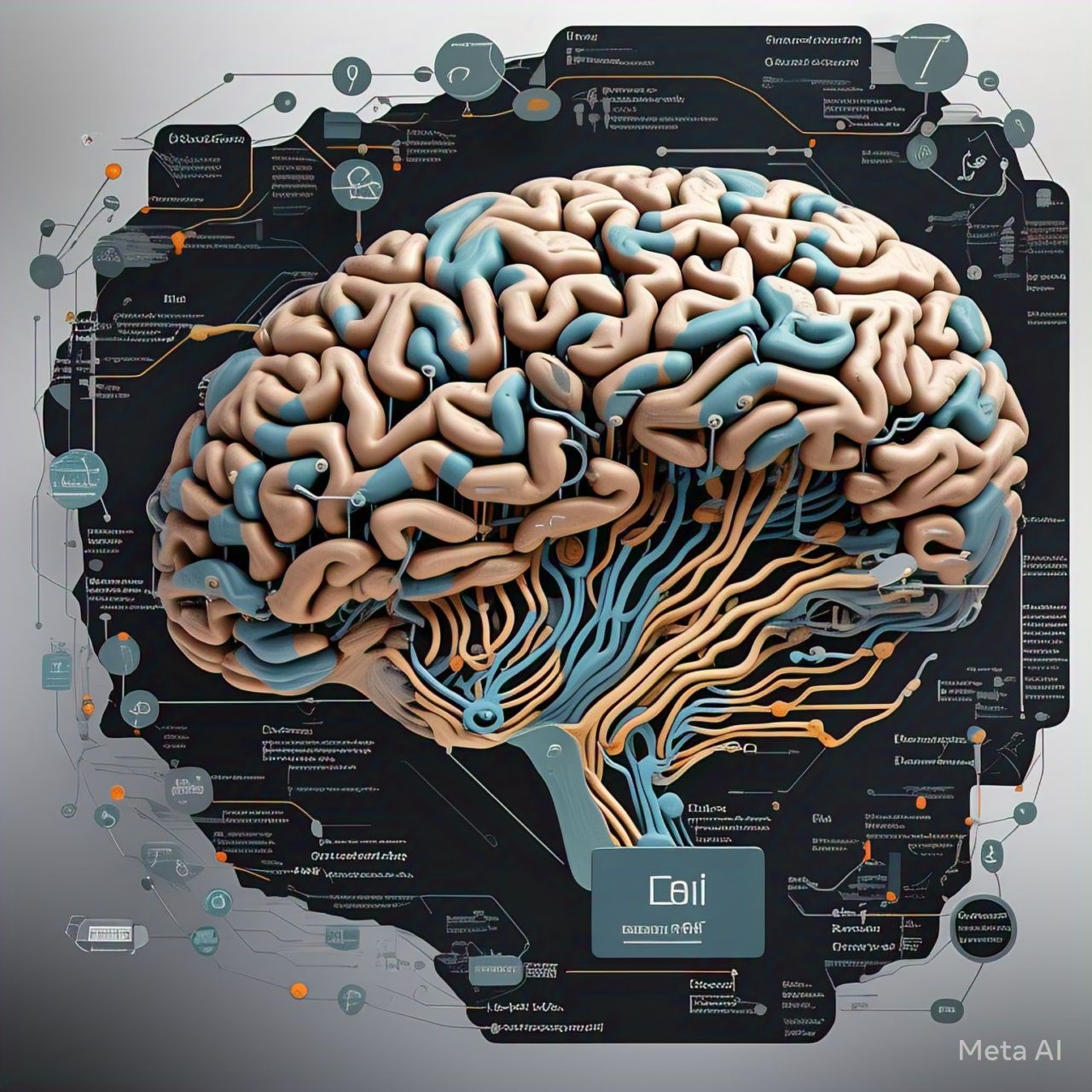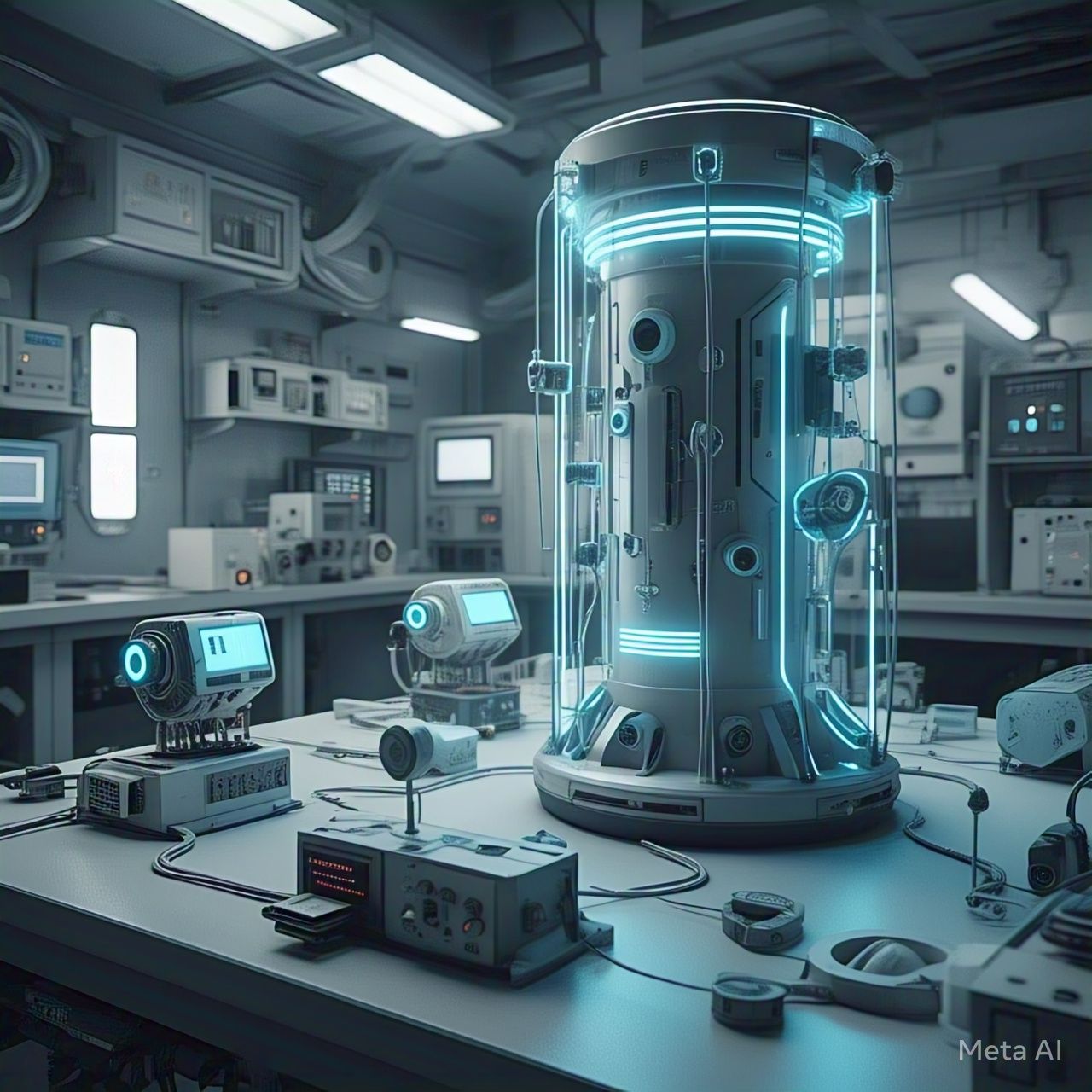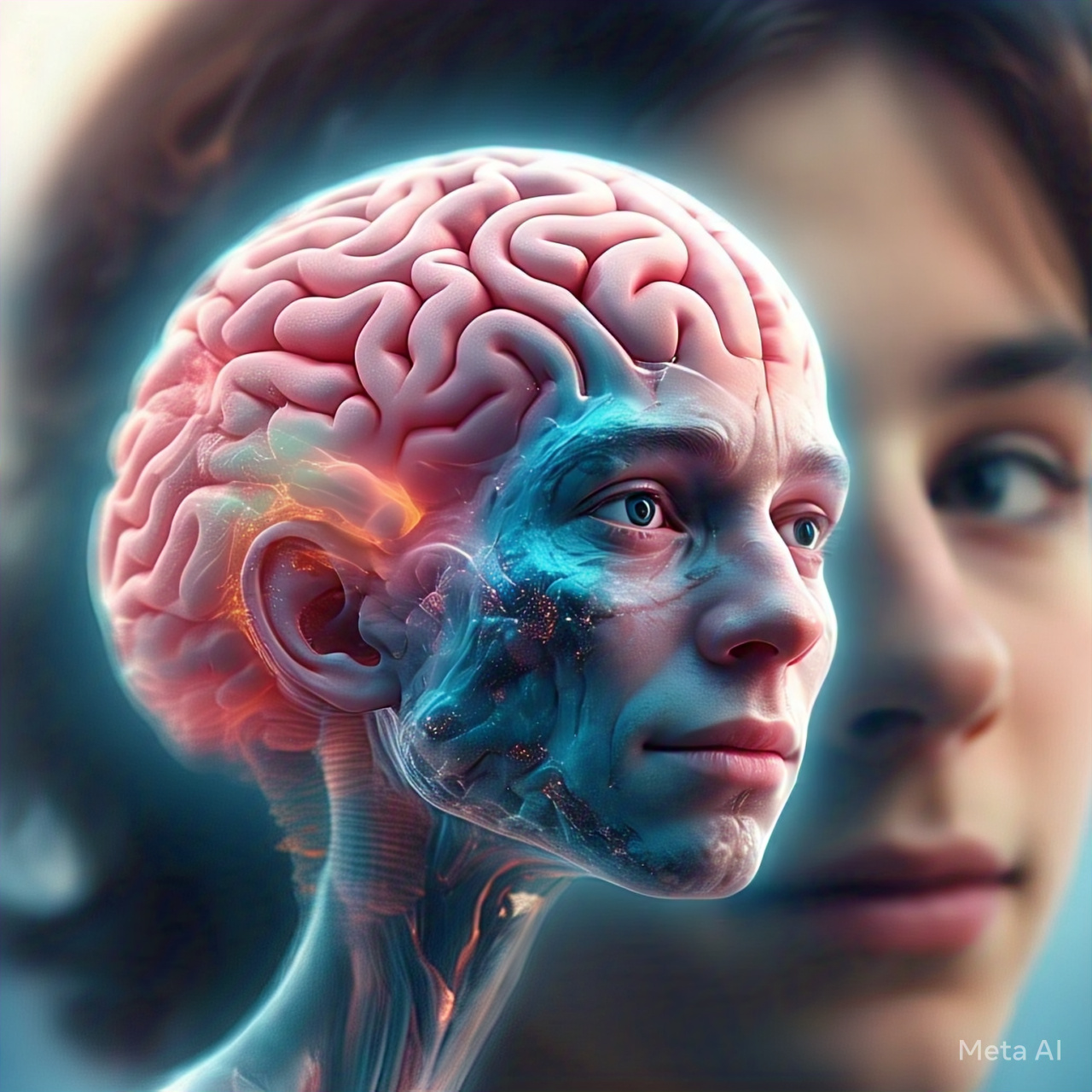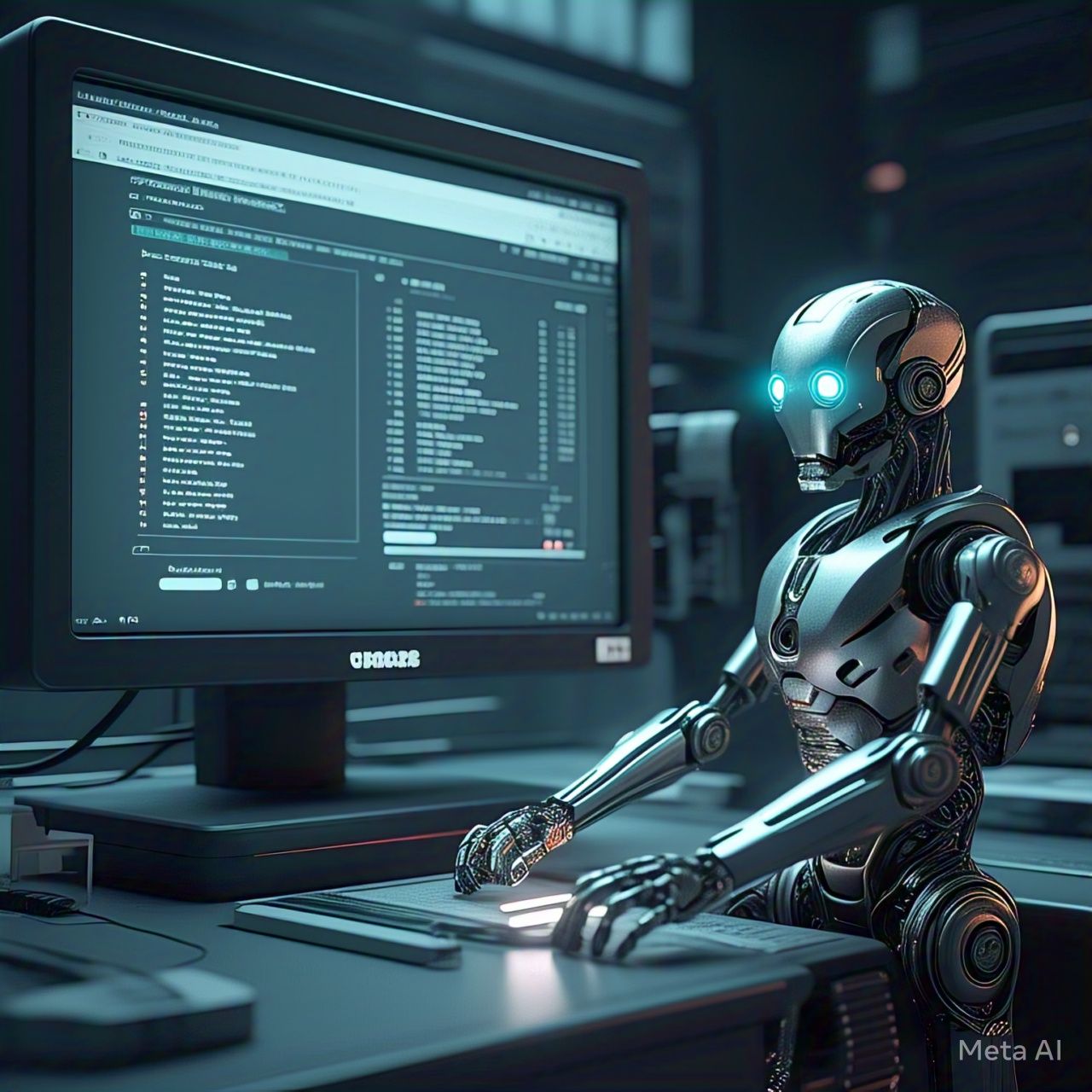Table of Contents
- Introduction
- Understanding Deep Learning
- How Deep Learning Works
- Key Components of Deep Learning
- Applications of Deep Learning
- Advantages and Challenges of Deep Learning
- The Future of Deep Learning
- Conclusion
- FAQs
Introduction
Deep Learning is one of the most powerful branches of Artificial Intelligence (AI) that has revolutionized various industries. From voice assistants to self-driving cars, deep learning is at the heart of AI advancements. But what exactly is deep learning, and how does it work? This article provides a simple yet comprehensive explanation of deep learning, its applications, and its future impact.
Understanding Deep Learning
Deep learning is a subset of machine learning that uses artificial neural networks to mimic the human brain’s ability to recognize patterns and make decisions.
Key Features:
- Uses multiple layers of artificial neurons.
- Requires large amounts of data for training.
- Learns complex representations without explicit programming.
- Powers modern AI applications such as speech recognition, image processing, and language translation.
How Deep Learning Works
Deep learning works by processing data through layers of artificial neurons, commonly known as a neural network. These networks extract patterns and make predictions based on input data.
Steps Involved:
- Data Collection: Large datasets are gathered for training.
- Preprocessing: Data is cleaned and formatted.
- Neural Network Training: The network learns by adjusting weights and biases.
- Model Optimization: Algorithms fine-tune the model for accuracy.
- Prediction & Deployment: The trained model is used for real-world applications.
Key Components of Deep Learning
Deep learning relies on several key components that define its structure and functionality.
1. Neural Networks
- Artificial Neural Networks (ANNs): Inspired by the human brain, used for pattern recognition.
- Convolutional Neural Networks (CNNs): Ideal for image processing.
- Recurrent Neural Networks (RNNs): Designed for sequential data like speech and text.
2. Activation Functions
- ReLU (Rectified Linear Unit): Helps neural networks learn complex patterns.
- Sigmoid & Tanh: Used in older networks but still relevant in some applications.
3. Training Algorithms
- Backpropagation: Optimizes neural networks by adjusting weights.
- Gradient Descent: Minimizes errors during training.
Applications of Deep Learning
Deep learning is used in various fields, enhancing automation and efficiency.
| Application | Description |
|---|---|
| Computer Vision | AI can identify objects, faces, and gestures in images. |
| Natural Language Processing | Used in chatbots, translation, and voice assistants. |
| Autonomous Vehicles | Powers self-driving car navigation and decision-making. |
| Healthcare | AI assists in diagnosing diseases and predicting patient outcomes. |
| Finance | Fraud detection and stock market predictions. |
Advantages and Challenges of Deep Learning
While deep learning is powerful, it comes with both benefits and limitations.
Advantages:
- High Accuracy: Excels in complex tasks like image recognition.
- Feature Extraction: Learns patterns without manual feature selection.
- Scalability: Can handle vast amounts of data.
Challenges:
- Requires Large Datasets: Deep learning models need vast data for training.
- Computationally Expensive: Needs powerful GPUs and cloud resources.
- Lack of Interpretability: Some models act as black boxes, making decision explanations difficult.
The Future of Deep Learning
The future of deep learning is promising, with ongoing research improving its capabilities.
Emerging Trends:
- Explainable AI (XAI): Making AI decisions more transparent.
- Federated Learning: Training models across multiple devices without centralized data.
- Neurosymbolic AI: Combining deep learning with logic-based AI systems.
- AI in Edge Computing: Bringing AI to low-power devices like smartphones and IoT.
Conclusion
Deep learning is a transformative AI technology that continues to evolve. With its ability to learn from data and make intelligent decisions, it powers many modern innovations. However, overcoming challenges like high computational costs and interpretability issues will be crucial for its widespread adoption.
FAQs
1. How is deep learning different from machine learning?
Deep learning is a subset of machine learning that uses artificial neural networks with multiple layers for advanced pattern recognition.
2. What are the most common deep learning frameworks?
Popular frameworks include TensorFlow, PyTorch, and Keras.
3. Can deep learning be used in small businesses?
Yes, small businesses can leverage deep learning for automation, customer insights, and personalized recommendations.
4. Is deep learning only useful for large datasets?
While deep learning performs best with large datasets, techniques like transfer learning enable its use with smaller datasets.
5. What is the future of deep learning?
Future advancements will focus on explainability, efficiency, and integration with other AI techniques.
References
- Goodfellow, I., Bengio, Y., & Courville, A. (2016). Deep Learning. MIT Press.
- LeCun, Y., Bengio, Y., & Hinton, G. (2015). “Deep Learning,” Nature.
- McKinsey & Company. “AI and Deep Learning Trends.” [Online].




